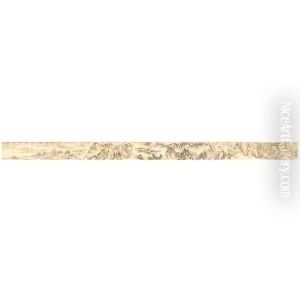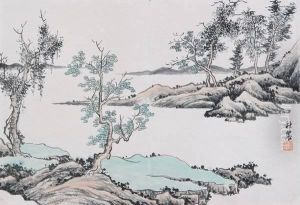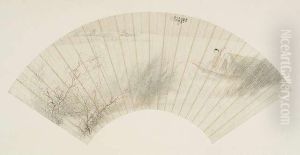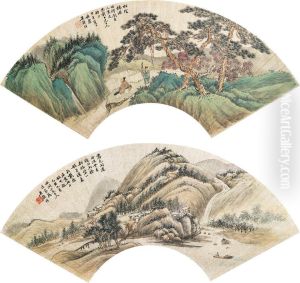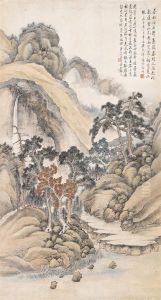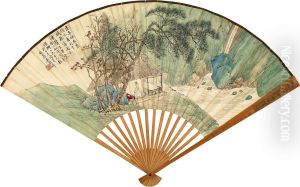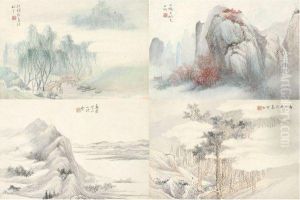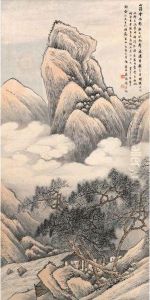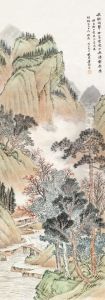Wu Guxiang Paintings
Wu Guxiang was a Chinese painter during the late Qing Dynasty. He was born in 1848 in the Jiangsu province, an area with a rich cultural heritage that had a significant influence on his artistic development. Wu was particularly known for his delicate bird-and-flower paintings, a genre that holds a special place in traditional Chinese art. He had a unique style that combined the precision of the fine-line, or gongbi, technique with the freer expressiveness of ink wash, or shuimo, painting.
Wu Guxiang was also part of the Shanghai School, a movement that emerged in the mid-19th century among artists who were exploring more personal and expressive styles, as opposed to the more formal and traditional approaches that had been dominant in Chinese art. This school of thought was in line with the broader cultural and intellectual awakening that China was experiencing at the time, which was characterized by openness to innovation and a spirit of reform.
Throughout his career, Wu Guxiang collaborated with other artists and was involved in the vibrant cultural life of Shanghai. His works were widely appreciated for their elegance and lyrical quality. Wu Guxiang's contribution to the development of modern Chinese painting is significant, as he helped to bridge the gap between traditional Chinese painting techniques and the evolving contemporary aesthetic of his time. He passed away in 1903, leaving behind a legacy that would inspire future generations of Chinese artists.
